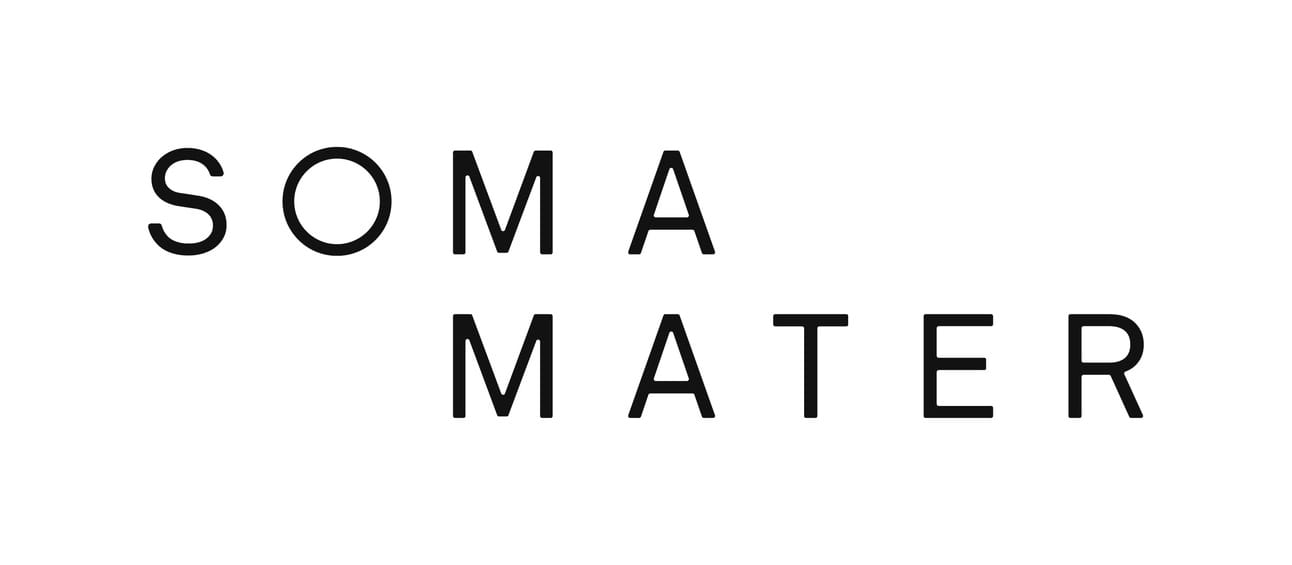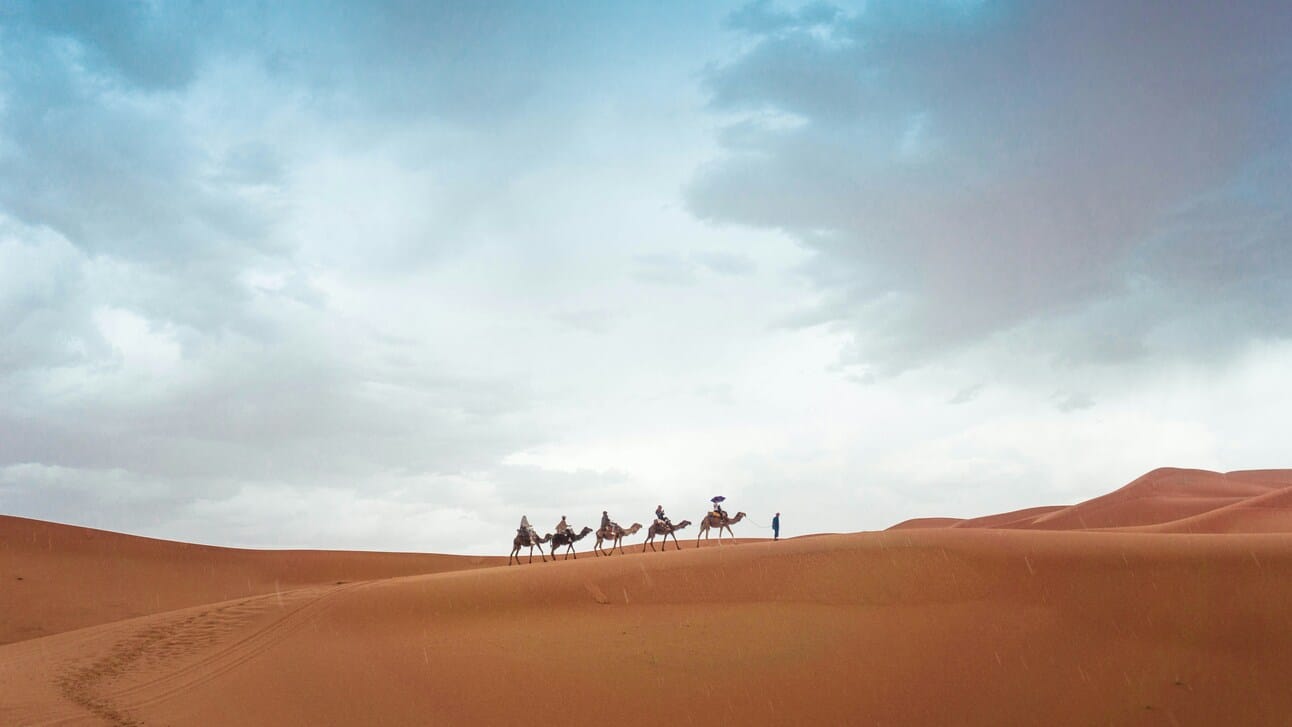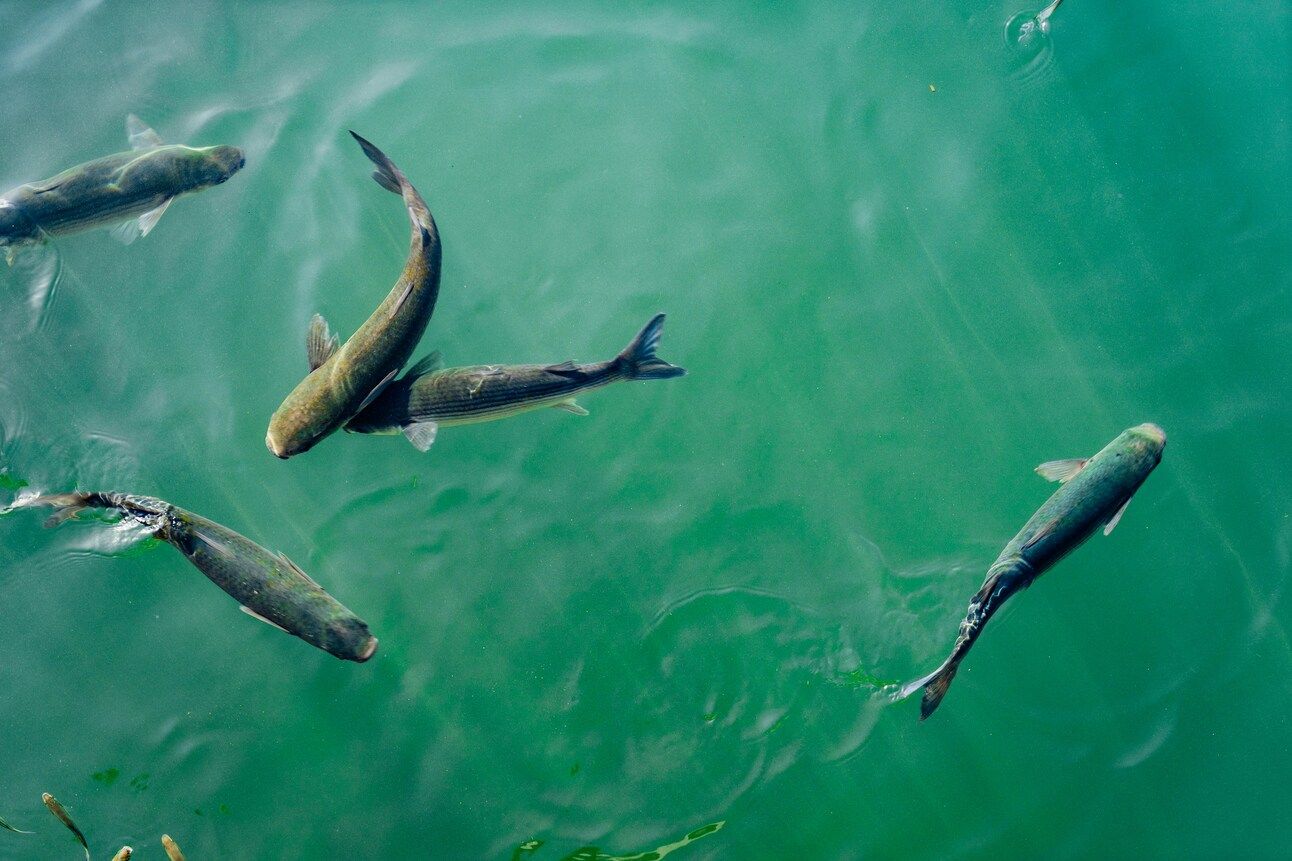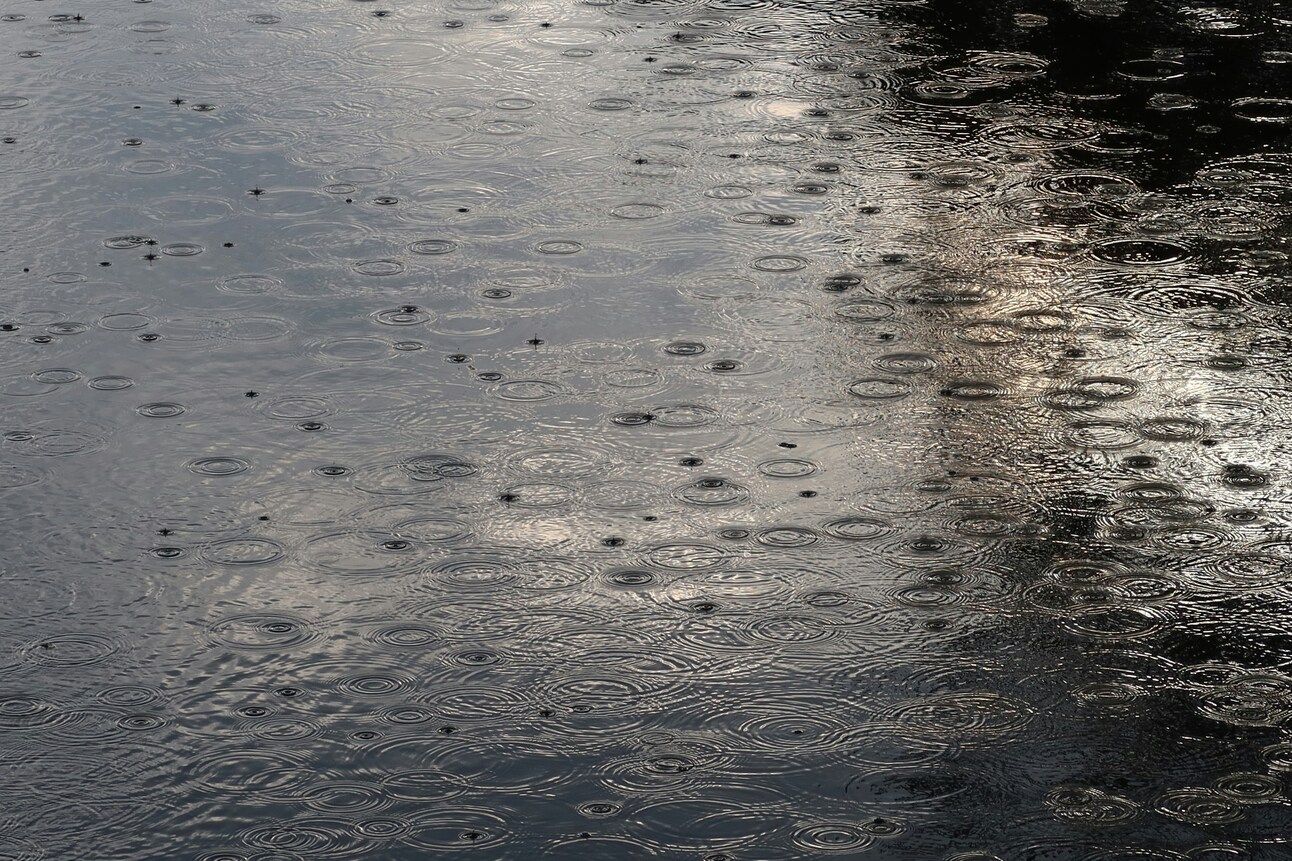- Soma Mater's Newsletter
- Posts
- SOMA Newsletter
SOMA Newsletter

Welcome to the SOMA MATER weekly newsletter.
At SOMA MATER, we specialize in delivering comprehensive research and advisory services with a focus on Food & Water Security and Net Zero Transition in the MENA Region. In order to support our subscribing clients in navigating these topics and understanding the regional narrative, we produce monthly Food and Water Security and Net Zero Transition Intelligence Reports, along with our in-depth analysis and insights.
This weekly newsletter highlights the top 3 stories from the past week in Food and Water Security and Net Zero transition, along with SOMA MATER's analysis and perspective.
How has recent rainfall affected Morocco's agricultural sector and what challenges remain despite this improvement?
How is Oman's Agricultural and Fisheries Development Fund addressing the challenge of animal feed availability through local and sustainable solutions?
How is the UAE addressing its water challenges through cloud seeding technology, and what are the cost implications of this approach?
Sustainably yours,
The SOMA team
From Drought to Sprout: Morocco's Agricultural Revival?
#FoodandWaterSecurity

Recent heavy rainfall in Morocco has brought dam levels to their highest point in three years, offering much-needed relief for the agricultural sector. This is particularly significant given that agriculture represents one-sixth of Morocco's economy, which experienced a 7% decline last year due to drought.
The improved water availability benefits both irrigated and non-irrigated farmland. While only a fifth of Morocco's farmland is irrigated, it produces essential export crops like dates, citrus, avocado, tomatoes, and melons. The non-irrigated areas, primarily used for cereals and livestock grazing, are also expected to see improved output. This could positively impact Morocco's trade balance, as better cereal harvests could reduce the need for wheat imports.
This rainfall presents a complex situation. While providing immediate relief, long-term water demand in agriculture remains a concern. Research shows that Morocco's rainfall patterns have become increasingly erratic over recent decades, with precipitation declining and shifting toward intense events in October and November, followed by reduced rainfall throughout the rest of the year. The country's history of flood-related disasters, with over 35 major floods recorded between 1951 and 2015, emphasizes the challenges of managing these extreme weather events.
SOMA’s Perspective:
Morocco’s recent rainfall exemplifies a broader challenge facing the MENA region: the increasing frequency and intensity of extreme weather events. This is a shift from predictable weather patterns to erratic cycles of severe drought followed by intense rainfall events. The current situation in Morocco serves as a microcosm of the broader regional need to build resilience against increasingly volatile weather patterns.
Sources:
Sardine Success: Oman's Recipe for Agricultural Growth
#FoodandWaterSecurity

The Agricultural and Fisheries Development Fund in Oman has established a set of specialized and joint programs to advance its agricultural and fisheries sectors. The specialized programs include aquaculture development, which has been boosting production since its introduction in 2003, and water management solutions utilizing non-traditional sources like treated wastewater, desalinated water, and artificial rainfall for agricultural production. Studies by the Ministry of Agriculture have shown treated wastewater is safe for growing fodder and grain seed crops.
The joint programs include the Innovation Programme, which has enhanced product value-addition and resource optimization in agricultural, livestock and fisheries applications. The fund has also implemented programs to empower rural and coastal women through specialized training packages, enabling them to improve product quality and develop effective marketing strategies.
One of the fund's achievements has been addressing the critical challenge of animal feed availability in livestock and aquaculture sectors. By investing in local feed industry development through the use of agricultural and fishery byproducts such as palm tree residues and sardines, the fund has improved feed availability, reduced production costs and decreased import dependency. This is important given Oman's historical reliance on imported raw materials for feed production.
SOMA’s Perspective:
Becoming feedstock efficient will be the key to unlocking the higher protein/dairy production capacity for countries in the MENA region. Conventional livestock and dairy production methods result in significant caloric losses throughout the feed conversion process. Research shows that 89% of crop-produced calories fed to animals are lost and do not recur as human food in form of animal products. By optimizing feed production through the development of local feed industries, countries can substantially reduce production costs while enhancing food security.
Sources:
Drops of Innovation: UAE's Lower-Cost Watershed Moment
#FoodandWaterSecurity

In response to the floods that caused over $8.5 billion in physical and economic damages across the UAE in 2024, Abu Dhabi recently launched new tenders for stormwater drainage and flood mitigation projects. These initiatives, alongside Dubai's $8.2 billion drainage improvement plans, include stormwater outfall diversions, discharge network construction, and groundwater table reduction measures to address flooding concerns in vulnerable areas.
The UAE is actively exploring innovative water management solutions, with the National Centre of Meteorology (NCM) at the forefront of cloud seeding operations. Operating four specialized aircraft and conducting 300-350 operations annually, the NCM has found that rain enhancement through cloud seeding is more cost-effective than desalination. Studies show cloud seeding is estimated to have a unit cost of harvestable water between $0.01-0.04 per cubic meter of water, compared to $0.31 for desalinated water, though exact rainfall amounts remain difficult to predict.
These water management initiatives are crucial as the UAE is situated in the "triangle of thirst" stretching from Gibraltar to Pakistan and the Horn of Africa. Projections indicate the country could face a $27 billion GDP loss between 2022 and 2050 due to droughts, floods and storm conditions. Water scarcity is expected to impact up to 8% of GDP in high-income countries and 15% in low and middle-income countries by 2050.
SOMA’s Perspective:
Rainfall enhancement and cloud- seeding are critical technologies due to their cost-saving potential. Yet, the situation is more complex—these technologies must be considered alongside extreme weather events, which can also bring their own financial burdens. This also brings significant potential for water reclamation and harvesting. Effective water management requires not only precipitation enhancement but robust infrastructure for collection of this rainfall. Strategic water reserves in the UAE could be leveled out through this initiative.
Sources:
SOMA MATER is writing Intelligence Reports on the topics of Food and Water Security and Net Zero Transition. If you’d like to know more, contact us through the link below: